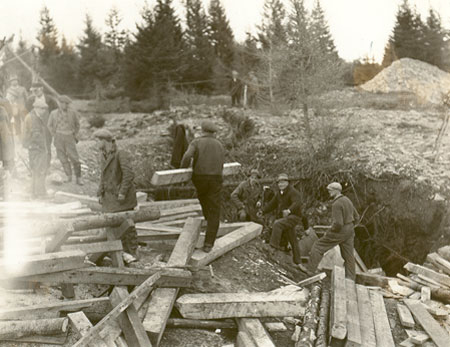
Their enemy was water above and below the ground. And gravity, since the water and rock underground were sealing off any escape. Days passed and nothing seemed to happen, at least not on the surface anyway. Underground, it was different. People were holding on, conserving, surviving. Then, when communication was finally made, it seemed like a miracle.
“Hello, hello!” the voice shouted from underground. “Do you hear me up on the surface?”
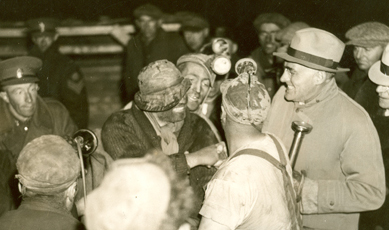
No, as similar as this seems to the scenes we’ve watched and read about, during the past week outside the Tham Luang caves in Thailand, the voice shouting, “Hello, hello!” actually came during a Canadian calamity 82 years ago. There weren’t messages passed along by the Thai Navy SEALs about the state of 12 young soccer players and their coach trapped nearly four kilometres inside a mountain in the summer of 2018. No, the call of “Do you hear me up on the surface?” came from three men stuck in a caved-in coal mine near Moose River, Nova Scotia, in 1936. They’d been there a week, seemingly cut off and lost. But unlike the youngsters found by a diver, the men in the cave-in were finally reached by a telephone line and their words broadcast to the outside world.
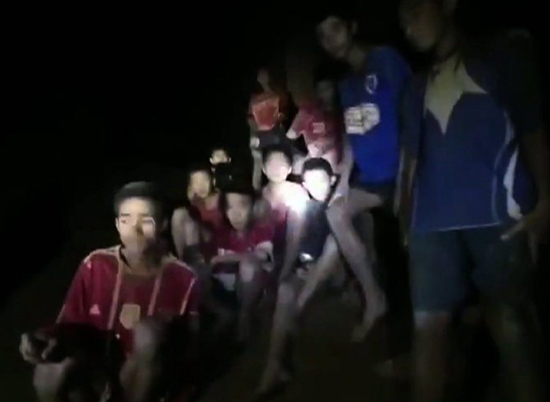
Why is it, despite natural disasters or war – where thousands die or go missing – the fate of one or a few underground victims captivates the world? In the case of the Thai caves, it’s partly because of the international nature of the organized relief in – from the so-called “Quad” nations of Australia, India, Japan and the U.S. (worked out after the 2004 Indian Ocean tsunami). As well, there’ve been British, Laotian and even Chinese scientists and military marshalling their skills to save the Thai boys.
“It shows that when militaries [come] together, it’s for the real world,” suggested a U.S. Air Force captain deployed to the caves.
We also recall the rescue of 33 miners from the collapsed mine in Chile in 2010; it took 69 days, but a relief shaft drilled down brought the 33 up safely, as the whole world watched!
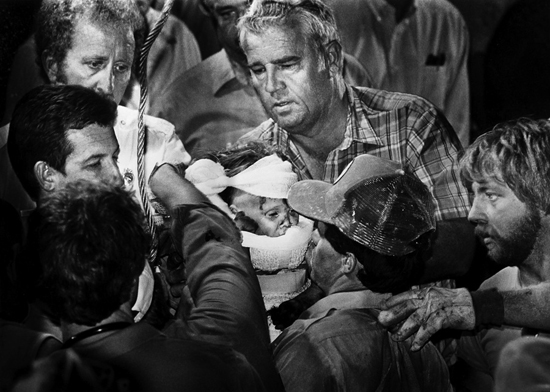
But I remember just as vividly a day over 30 years ago when the world focused on a backyard in Midland, Texas. In October 1987, a toddler named Jessica McClure had tumbled into a well on her aunt’s property. First the local fire and police departments attempted to pull her out. Next, some oil-well workers concocted a plan to drill a tunnel parallel to retrieve her.
Reporters and portable TV transmitters arrived in Midland from all over the U.S., including a fledgling Cable News Network broadcast team. With just a few years’ experience, CNN launched non-stop coverage of the rescue efforts. Some accused the network’s saturation of air time, a circus, but clearly the public’s thirst for information couldn’t be satisfied.
Even President Ronald Reagan declared “everybody in America [are] godmothers and godfathers of Jessica.” Ultimately, though, a Midland firefighter crawled into the tunnel and brought her out. A photograph of Jessica in his arms earned Scott Shaw the 1988 Pulitzer Prize. It became one of those “remember-where-you-were” rescue moments.
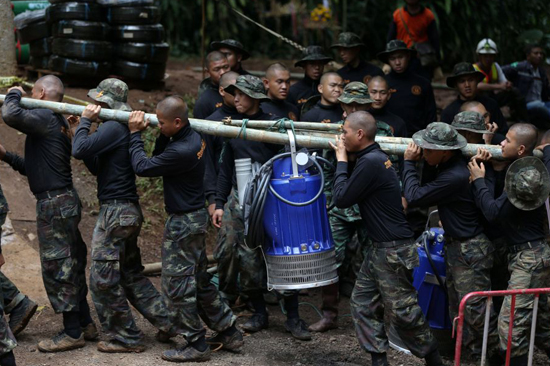
The appetite for news on the boys in the Thai caves is equally insatiable. All last week and this, our household watched round-the-clock coverage to learn the latest on the boys’ fate. At a Sunday pool party, I saw friends and family checking cell phones for the latest all afternoon. And at this writing, the divers have just completed navigating the last of the dozen boys to freedom. Even in the immediate aftermath, however, there’s still electric fascination to know how it all went.
So it was in 1936, during the Moose River cave-in, where just three men huddled seemingly entombed by the coal seams around them. Still, the world listened and hoped. As Nova Scotia draegermen began drilling a rescue shaft, a young newspaperman with a penchant for narrative, seized the moment.
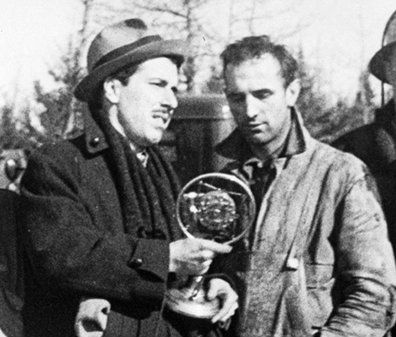
On April 20, 1936, J. Frank Willis made his way from Montreal to the top of the rescue shaft, commandeered a telephone line, and attached a microphone. In five-minute bulletins, every half hour, for 111 hours, Willis broadcast updates (on a very new CBC Radio network) on the rescue to listeners of 650 radio stations in the U.S. and 58 in Canada. On April 23, listeners to Willis around the world learned that one man had died, but D.E. Robertson and Alfred Scadding emerged from the Moose River mine alive.
“The men have been brought up from the pit,” Willis announced on the CBC bulletin, his voice gone hoarse with fatigue. “They’re safe now. And they’re well. I’ll tell you it’s been a magnificent job. I’ll remember this till the dying day or my life!”
And many will say the same about this week’s cave rescue out of that universal fascination for individuals, the human family, in peril underground.